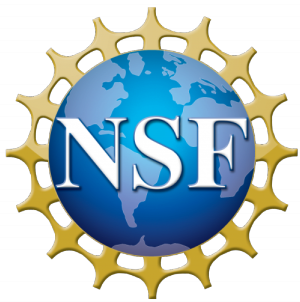March 1st, 2016 | RESEARCH
For decades, K–12 science education researchers have echoed the need for inquiry-based teaching approaches to connect students to real scientists and science environments (AAAS 1989; NRC 1996, 2007). The Next Generation Science Standards (NGSS) amplify these needs by stressing the importance of student-developed conceptual models to explain real-world phenomena and coherent integration of authentic science practices, concepts, and core ideas across grade levels (NRC 2012; NGSS Lead States 2013).
Document
(no document provided)
Team Members
Michael Kennedy, Author, Northwestern UniversityRebecca Daugherty, Author, Northwestern University
Cecilia Garibay, Author, Garibay Group
Camellia Sanford-Dolly, Author, Rockman et al.
Rosemary Braun, Author, Northwestern University
Jennifer Koerner, Author, Oak Park-Carpenter Elementary
Jennifer Lewin, Author, Coonley Elementary
Citation
Identifier Type: issn
Identifier: 2475-8779
Publication: Connected Science Learning
Volume: 1
Related URLs
Tags
Audience: Educators | Teachers | Middle School Children (11-13) | Museum | ISE Professionals | Scientists | Undergraduate | Graduate Students
Discipline: General STEM | Nature of science
Resource Type: Peer-reviewed article | Research Products
Environment Type: Afterschool Programs | Informal | Formal Connections | K-12 Programs | Public Programs

